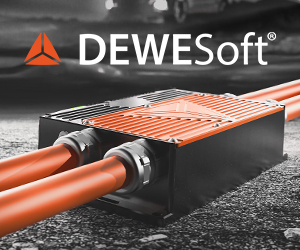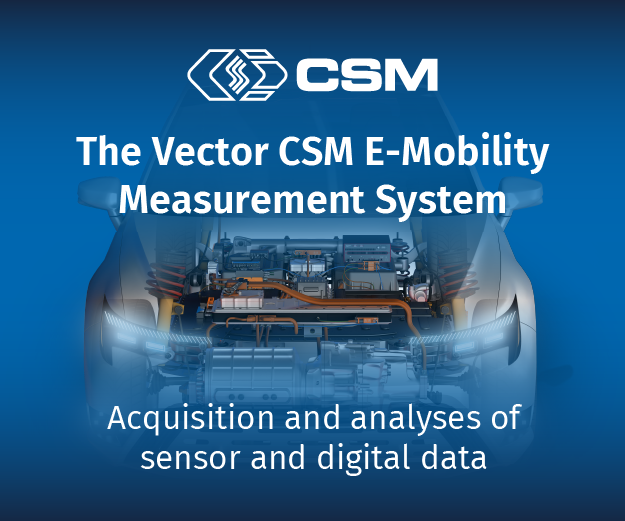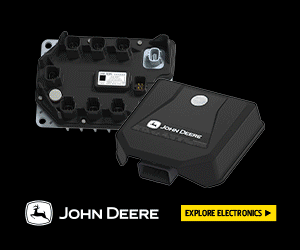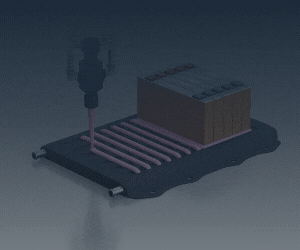Bi-directional onboard chargers get current sensor
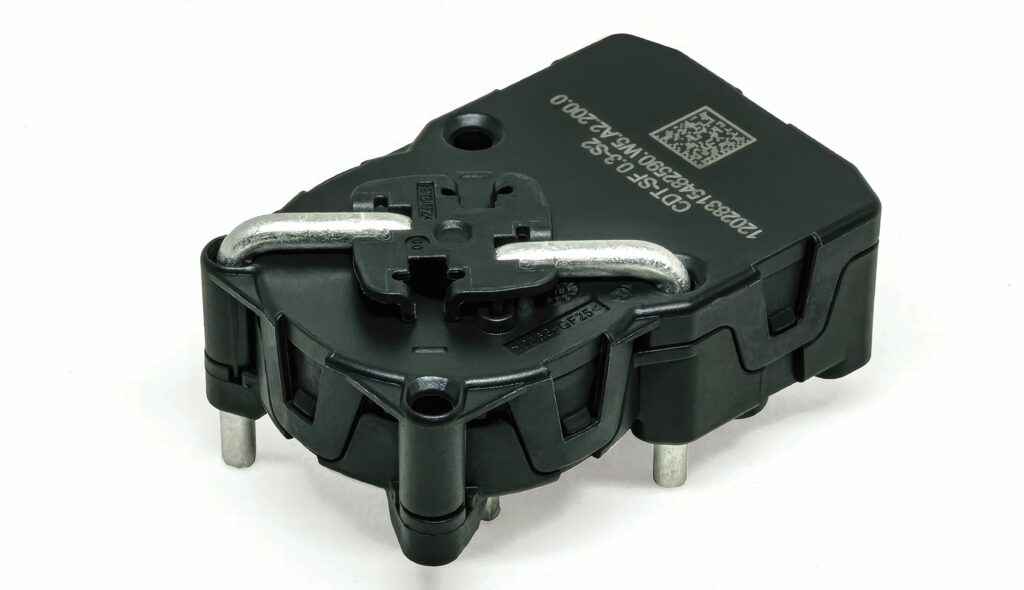
(Image courtesy of LEM)
LEM has developed a current sensor for transformerless, bi-directional, onboard chargers (OBCs), writes Nick Flaherty.
The automotive-grade, residual current monitoring (RCM) sensor is the first of its kind for bi-directional OBCs with ASIL B safety rating.
There has been significant growth in the use of bi-directional OBCs because they allow the end-user to use the battery pack in their car to feed another vehicle or an electrical appliance in a vehicle-to-load (V2L) design or even a home.
However, designers have to consider high-voltage safety, specifically leakage monitoring and compensation, while also looking to reduce weight, improve efficiency and cut costs.
The RCM sensor detects differences in current between two points, identifying such faults as short-circuits and enabling the rapid isolation of faulty sections through residual currents. These are detected and monitored.
The type B RCM is suitable for complex electrical systems, especially those found in EVs with DC components, and it is capable of detecting potentially hazardous leakage currents.
With a bi-directional OBC, if the DC fault current is greater than 6 mA, there is the potential to compromise the detection and tripping capabilities of a type A RCD, which could increase the risk of electric shock.
This is particularly relevant for the new ISO5474 Part 2 standard for AC power transfer that operates in conjunction with ISO5474 Part 1. This covers conductive charging requirements for Modes 2 and 3, according to IEC 61851-1, reverse power transfer through onboard, standard socket outlets or EV plugs, and voltages up to 1000 V AC.
Only a type B RCM can measure and detect AC and smooth DC. The sensor has been designed to meet this demand by combining best-in-class automotive grade with an accuracy of ± 0.5 mA @ 5 mA by using a patented fluxgate technology, developed by LEM.
This fluxgate approach works where highly precise magnetic-field measurements are required, detecting small magnetic fields. They also offer accurate measurements of DC and low-frequency AC magnetic fields.
The sensor has a secure serial peripheral interface (SPI) bus, including dynamic fault selection, leakage value, and supply monitoring with a secured bus that ensures encrypted and authenticated data transmission between devices.
“The ISO5474 Part 2 standard for AC power transfer relates to using an EV as an AC energy source. This means it is essential to have the capability of monitoring leakage currents in vehicles. The standard also dictates that V2L applications require safety protection for socket outlet usage through RCM,” said Clément Amilien, head of global product management automotive at LEM.

ONLINE PARTNERS
























